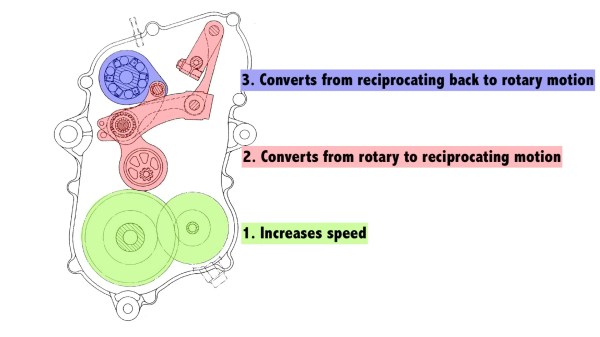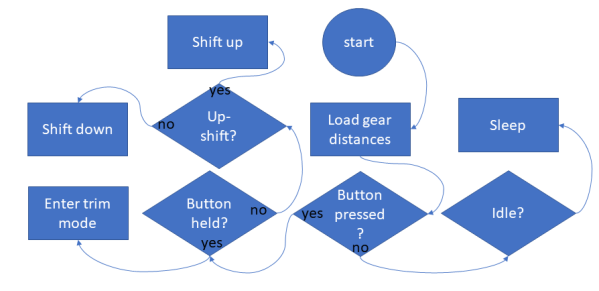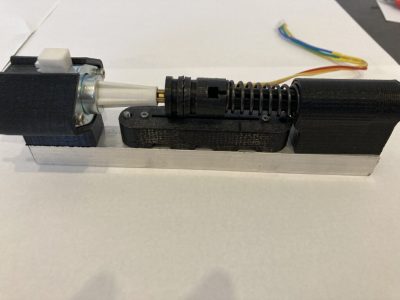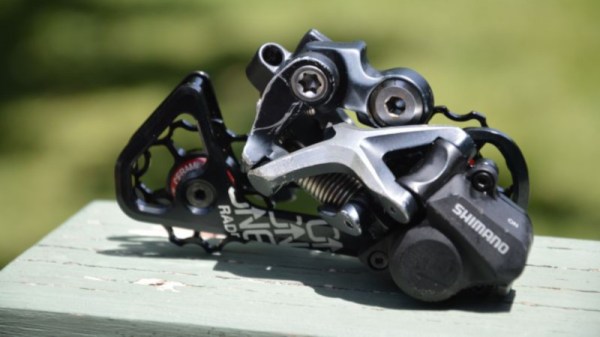If you’ve spent any time on two wheels, you’ve certainly experienced the woes of poor bicycle shifting. You hit the button or twist the knob expecting a smooth transition into the next gear, only to be met with angry metallic clanking that you try to push though but ultimately can’t. Bicycle manufacturers collectively spent millions attempting to remedy this issue with the likes of gearboxes, electronic shifting, and even belt-driven bikes. But Praxis believes to have a better solution in their prototype HiT system.
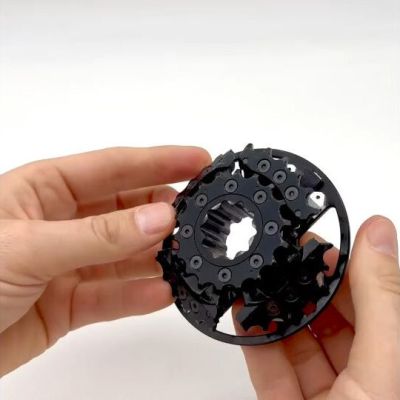
Rather then moving a chain between gears, their novel solution works by folding gears into or away from a chain. These gears are made up of four separate segments that individually pivot around an axle near the cog’s center. These segments are carefully timed to ensure there is no interference with the chain making shifting look like a complex mechanical ballet.
While the shift initialization is handled electronically, the gear folding synchronization is mechanical. The combination of electronic and mechanical systems brings near-instant shifting under load at rotational rates of 100 RPM. Make sure to scroll through the product page and watch the videos showcasing the mechanism!
The HiT gearbox is a strange hybrid between a derailleur and a gearbox. It doesn’t contain a clutch based gear change system or even a CVT as seen in the famous Honda bike of old. It’s fully sealed with more robust chains and no moving chainline as in a derailleur system. The prototype is configurable between four or sixteen speeds, with the four speed consisting of two folding gear pairs connected with a chain and the sixteen speed featuring a separate pair of folding gears. The output is either concentric to the input, or above the input for certain types of mountain bikes.
Despite the high level of polish, this remains a prototype and we eagerly await what Praxis does next with the system. In the meantime, make sure to check out this chainless e-drive bicycle.



